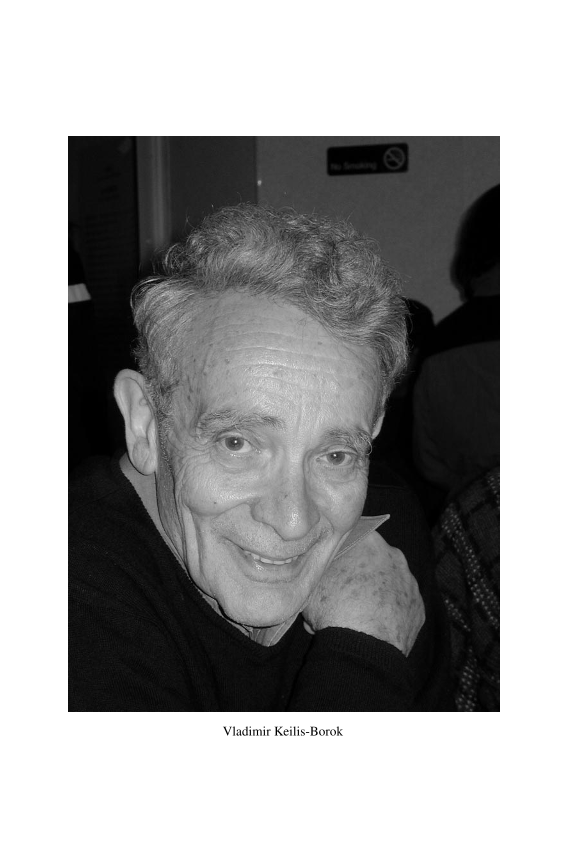
Full text loading...

Earthquake Prediction: State-of-the-Art and Emerging Possibilities, Page 1 of 1
< Previous page | Next page > /docserver/preview/fulltext/earth/30/1/annurev.earth.30.100301.083856-1.gif
There is no abstract available.

Article metrics loading...

Full text loading...
Literature Cited


Data & Media loading...
